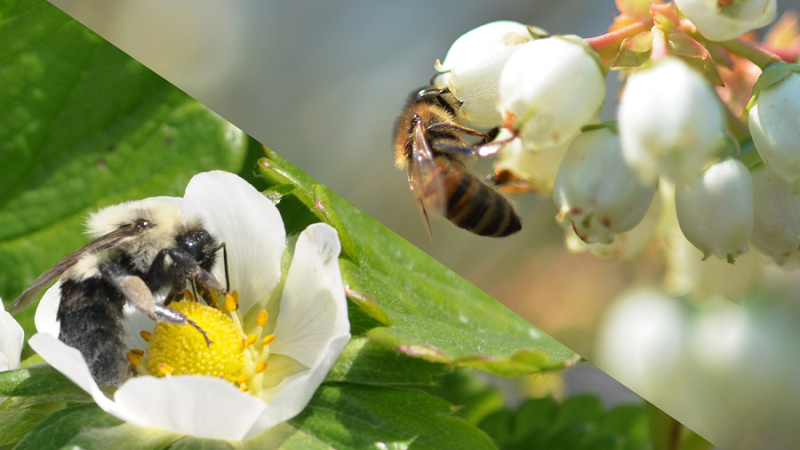Wishing Good Riddance to the ‘Dirty Dozen’ List
Sometimes silence is the sweetest sound. I was thinking about that recently in regard to the Environmental Working Group’s (EWG) release of their annual “dirty dozen” list of fruits and vegetables. You know, that much-vilified list among agricultural groups of the items determined to contain the most toxic pesticide residues. It didn’t seem to be getting as much attention this year — either in the consumer media or from the attendant complaints I hear from growers ticked off by all the media attention each year. Good riddance, I thought.
-
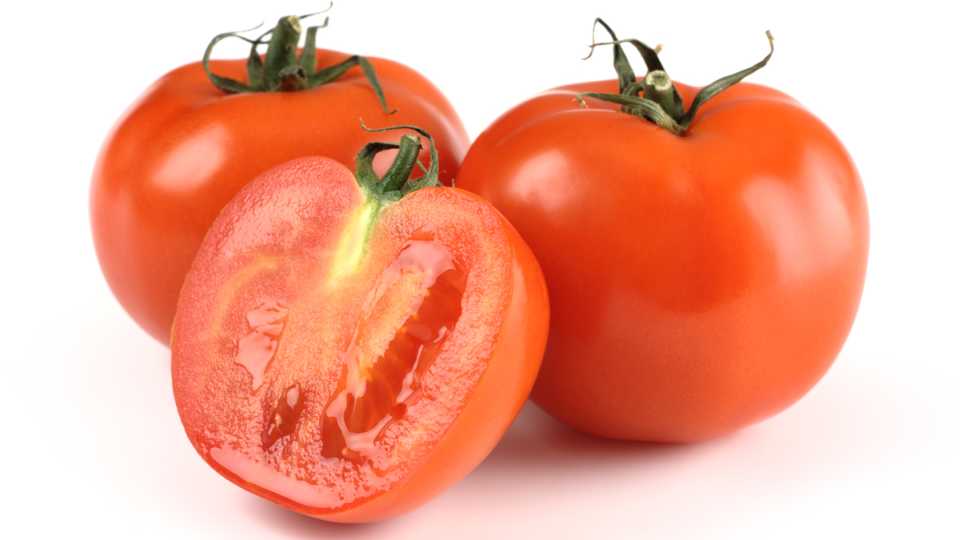
-
1 of 27
1. Strawberries (Dirty)
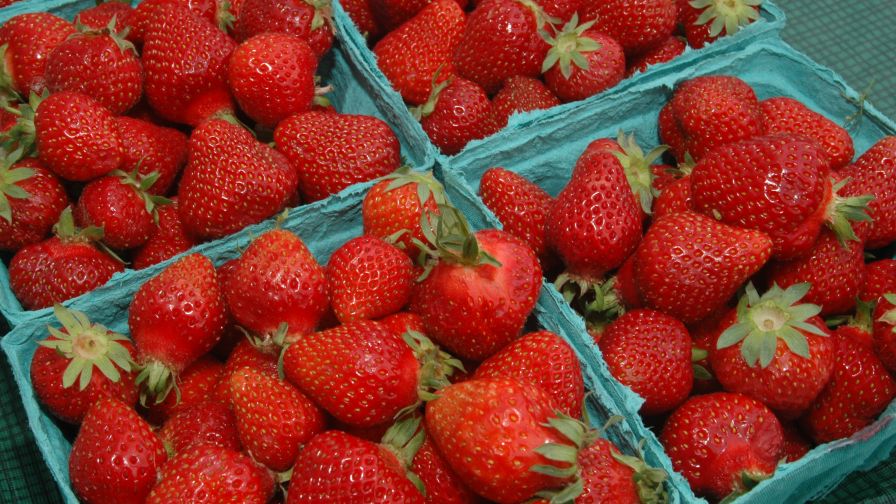
Strawberries once again tops the Environmental Working Group's "Dirty Dozen" list.
(Photo credit: USDA)
-
2 of 27
1. Avocado (Clean)
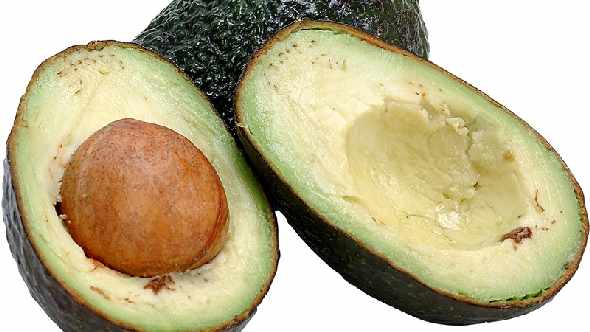
-
3 of 27
2. Spinach (Dirty)
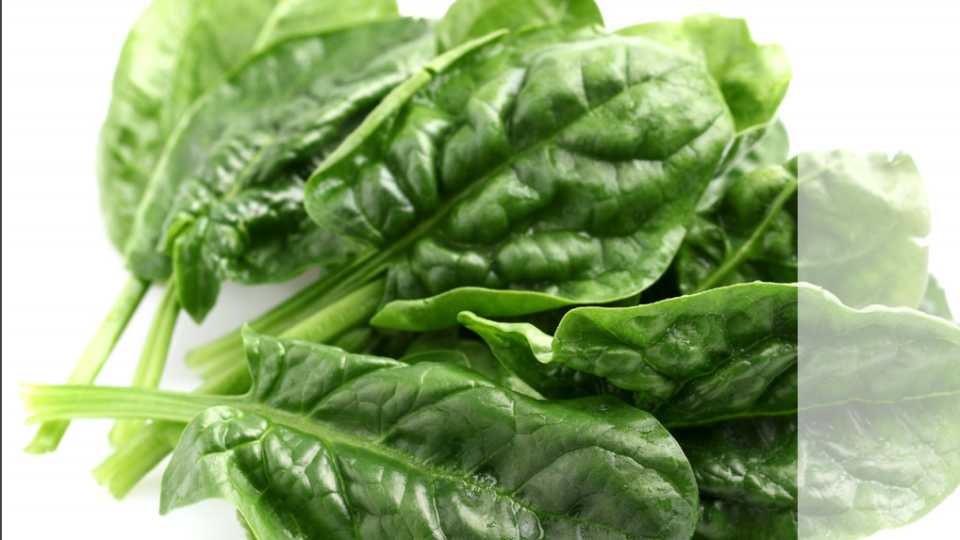
-
4 of 27
2. Sweet Corn (Clean)
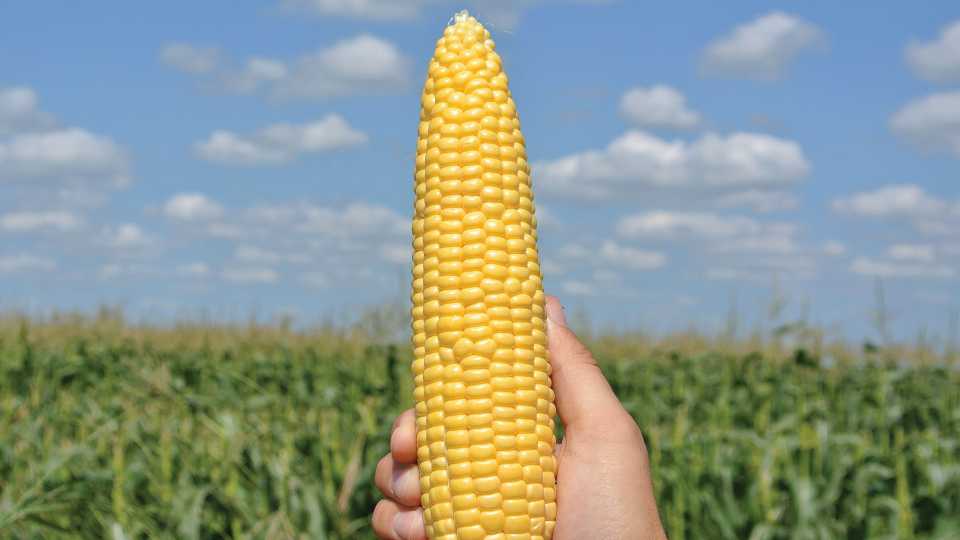
-
5 of 27
3. Kale and Collard/Mustard Greens (Dirty)
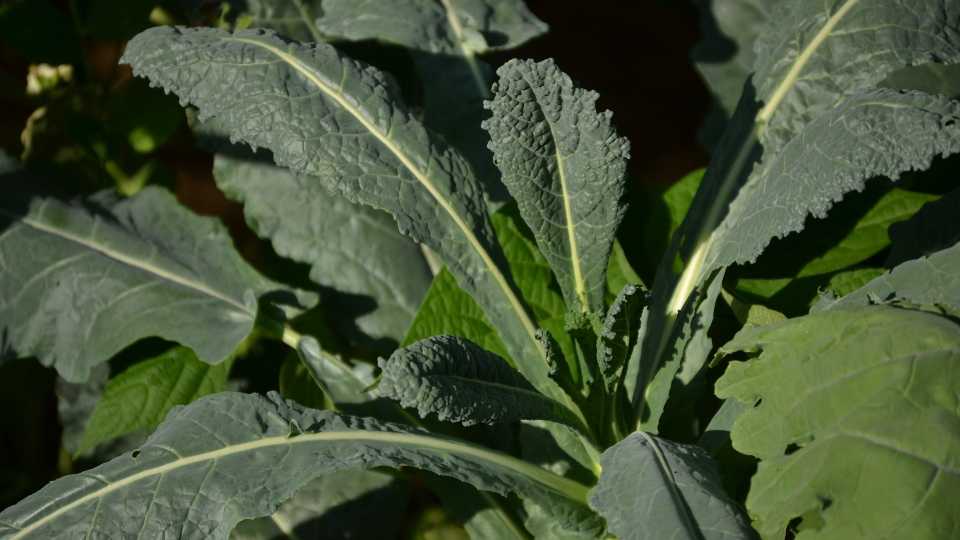
-
6 of 27
3. Pineapple (Clean)
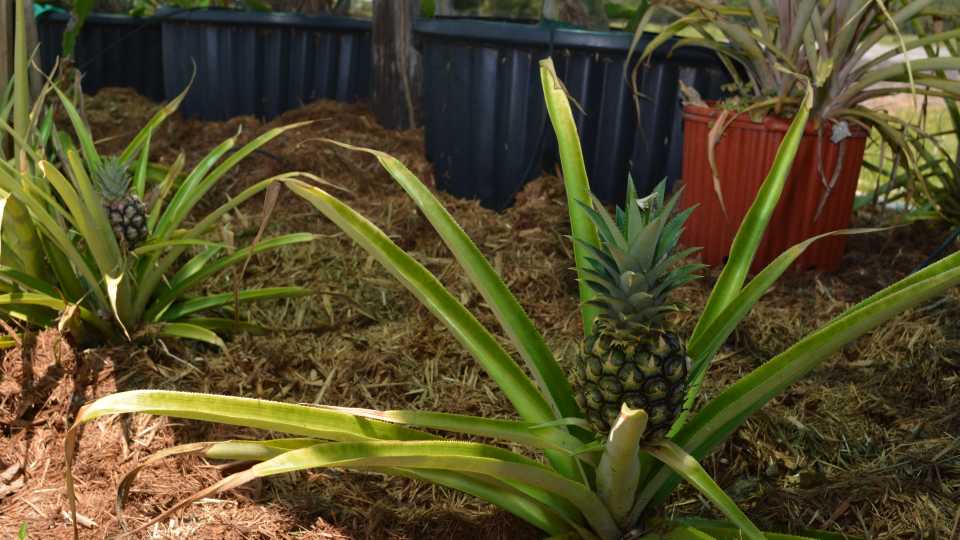
-
7 of 27
4. Nectarines (Dirty)
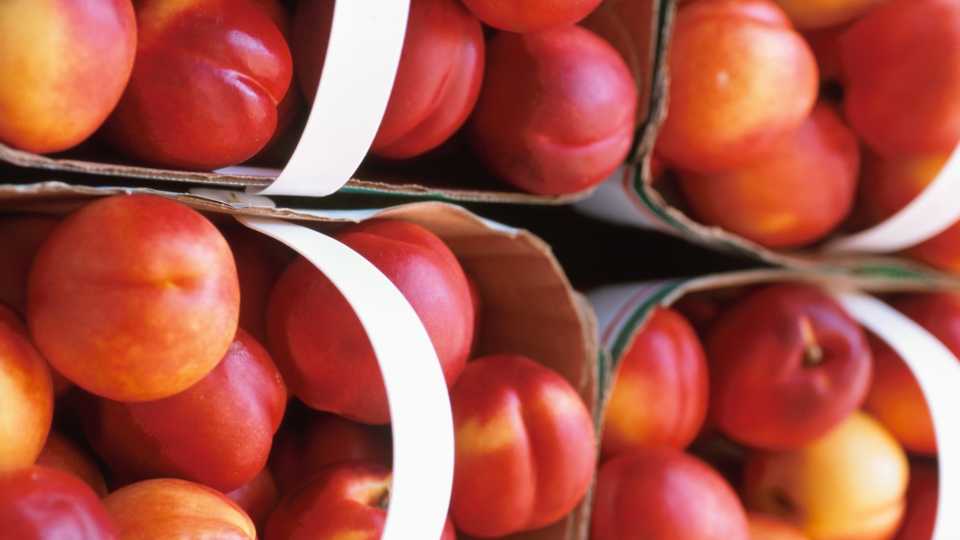
-
8 of 27
4. Onions (Clean)
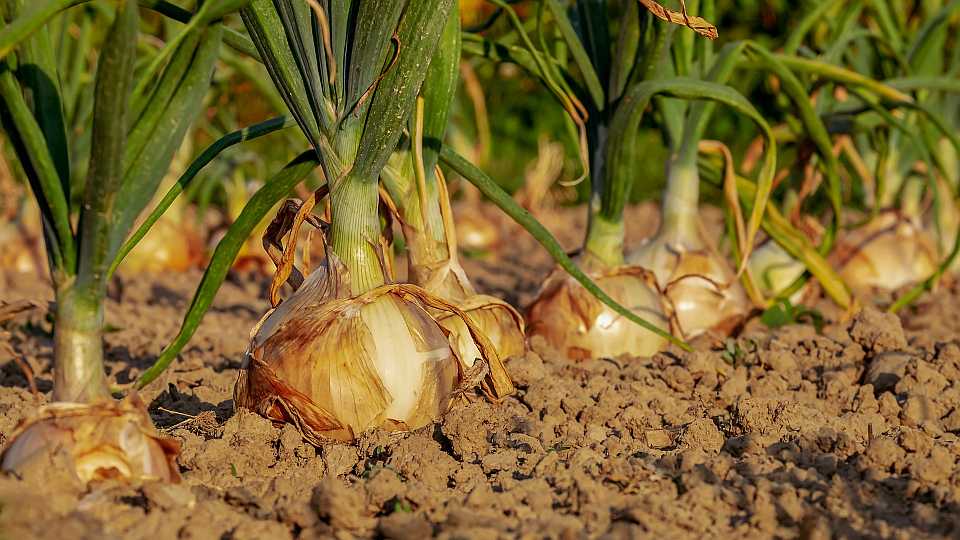
-
9 of 27
5. Apples (Dirty)
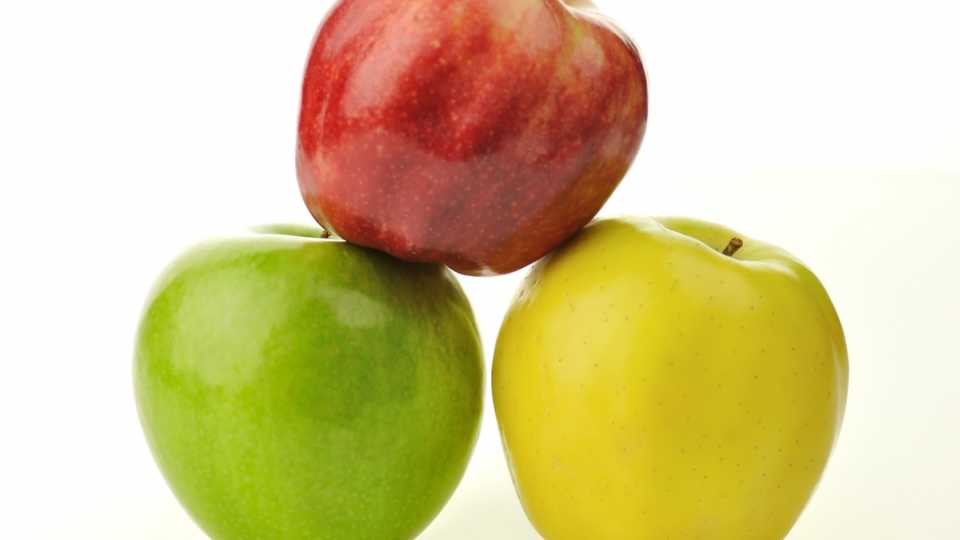
-
10 of 27
5. Papaya (Clean)
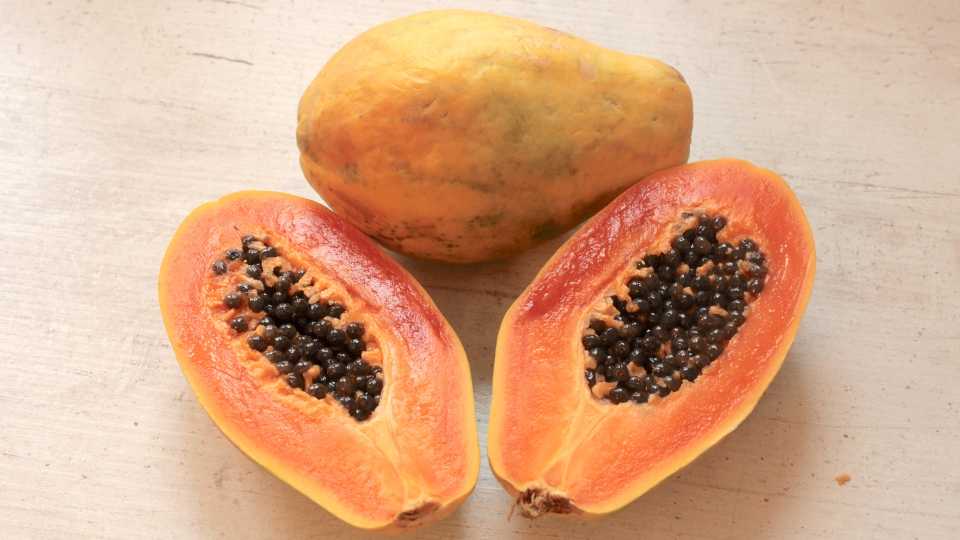
-
11 of 27
6. Grapes (Dirty)
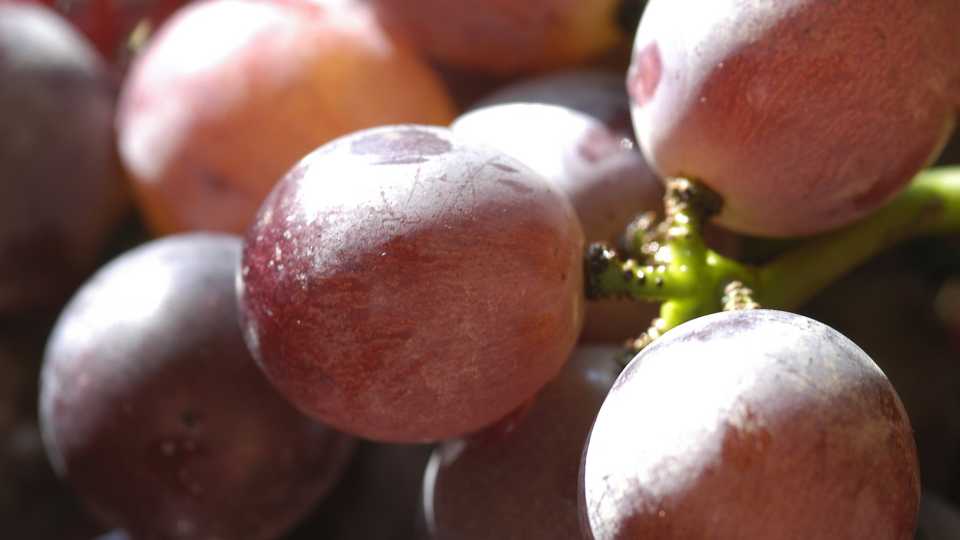
-
12 of 27
6. Frozen Peas (Clean)
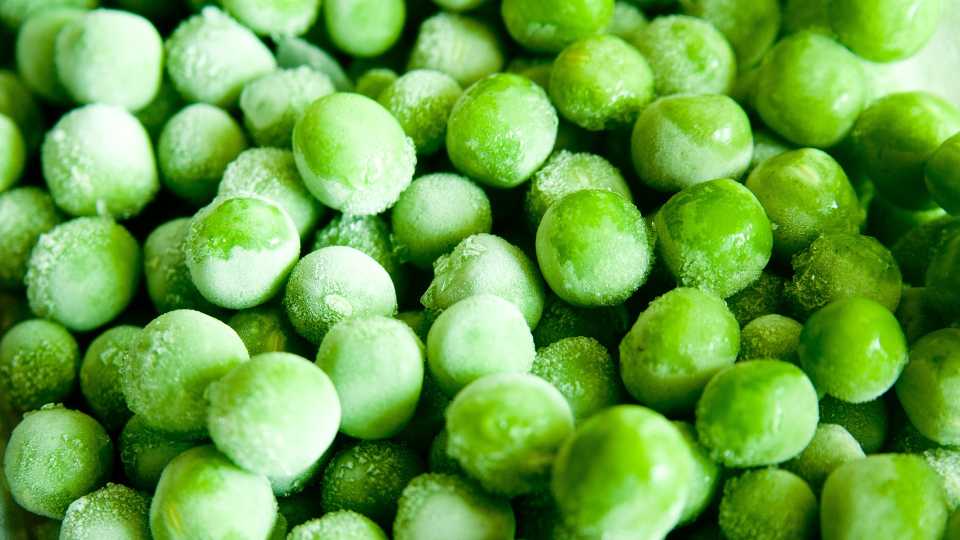
-
13 of 27
7. Bell and Hot Peppers (Dirty)
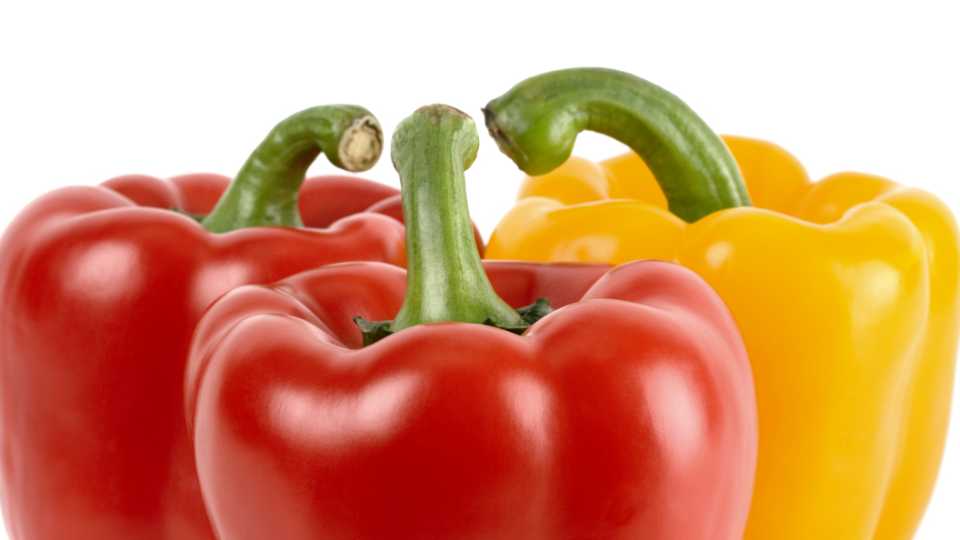
-
14 of 27
7. Asparagus (Clean)
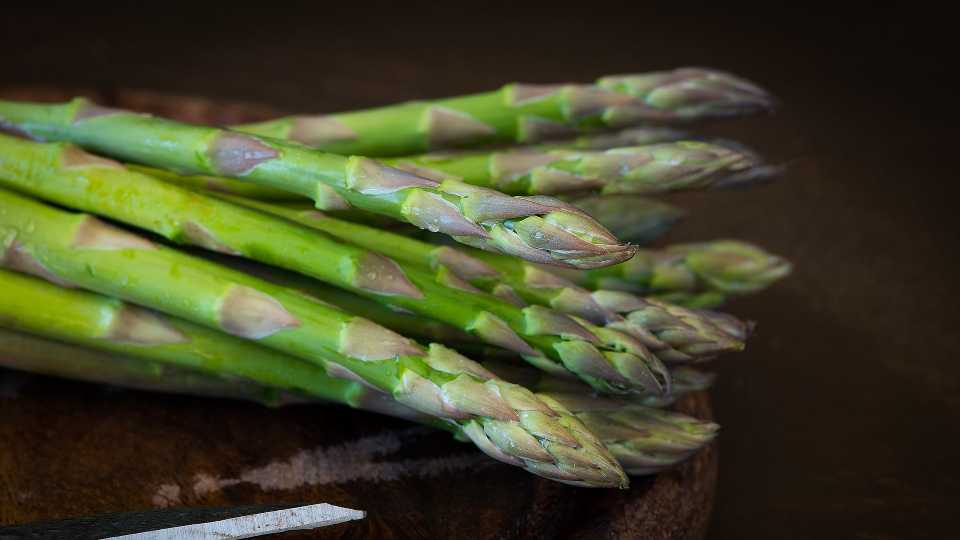
-
15 of 27
8. Cherries (Dirty)
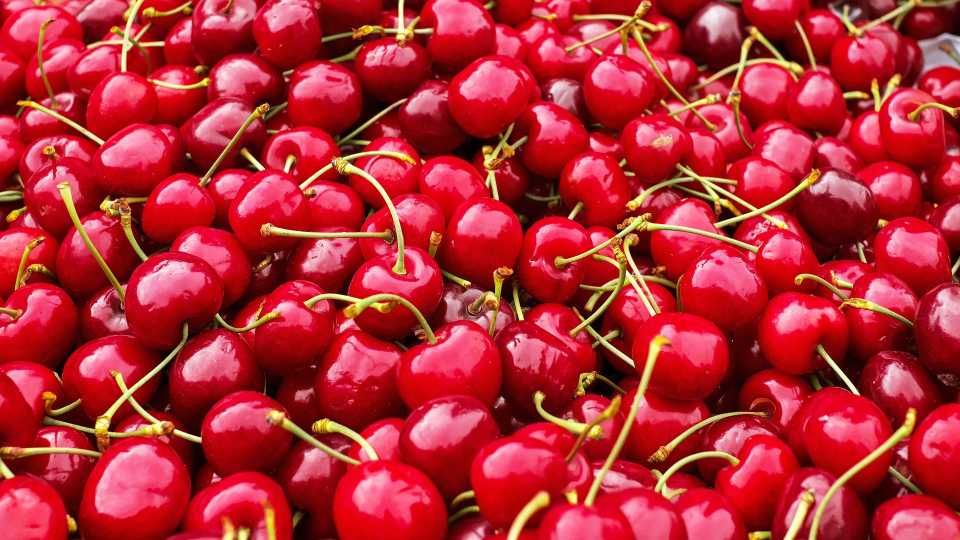
-
16 of 27
8. Honeydew melon (Clean)
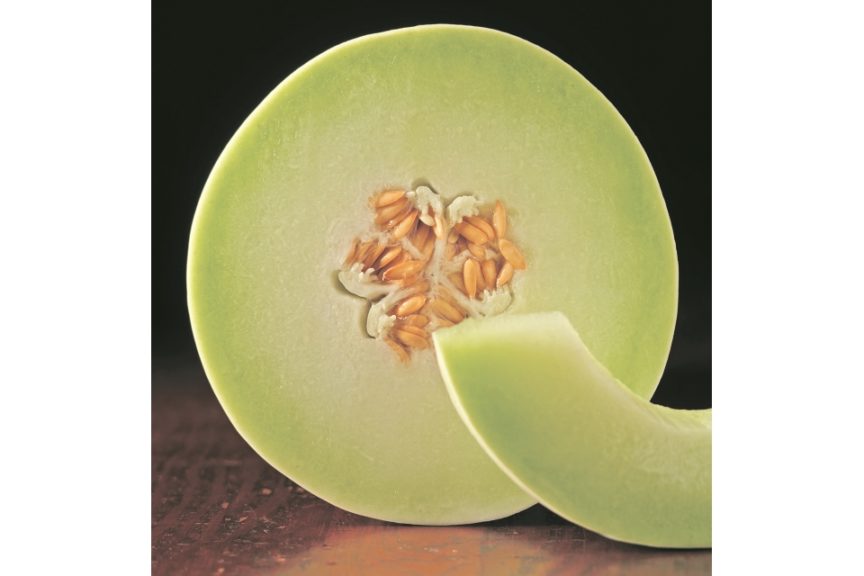
-
17 of 27
9. Peaches (Dirty)
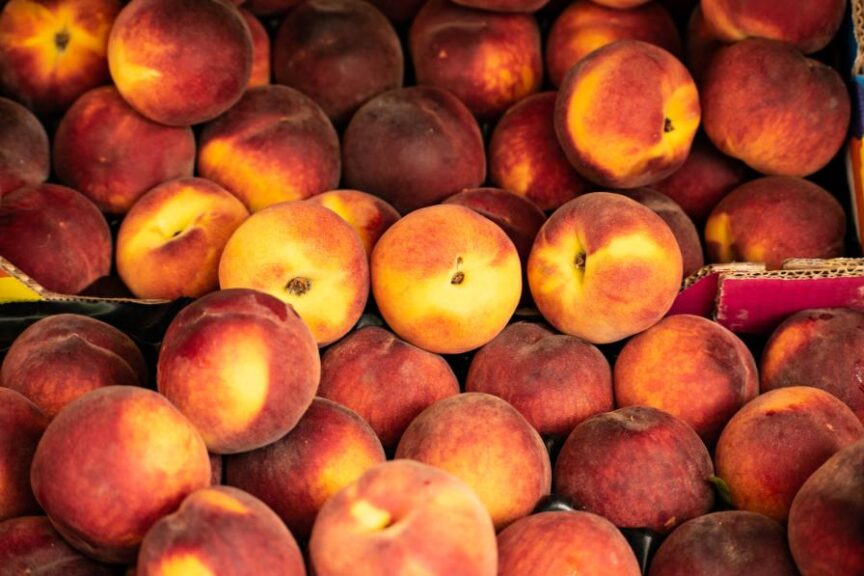
-
18 of 27
9. Kiwi (Clean)
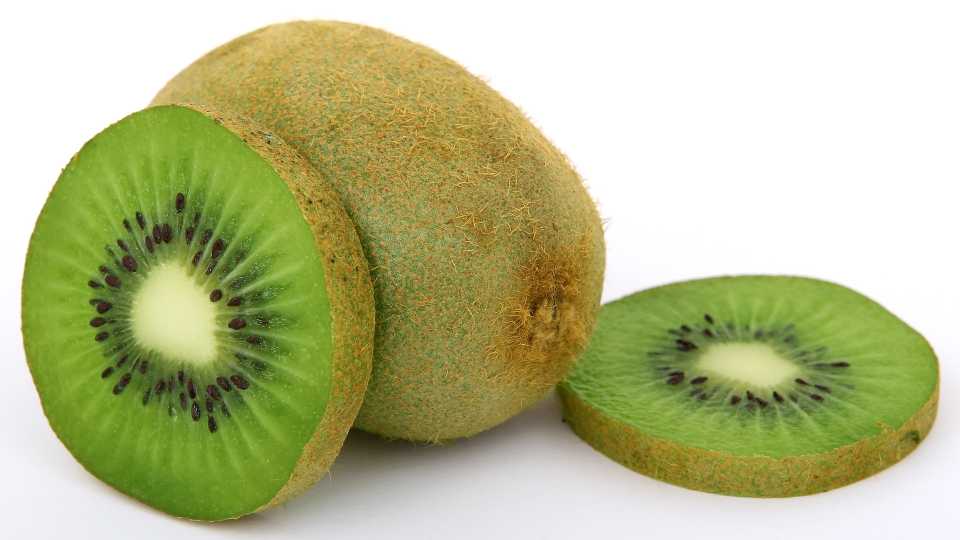
-
19 of 27
10. Pears (Dirty)

-
20 of 27
10. Cabbage (Clean)
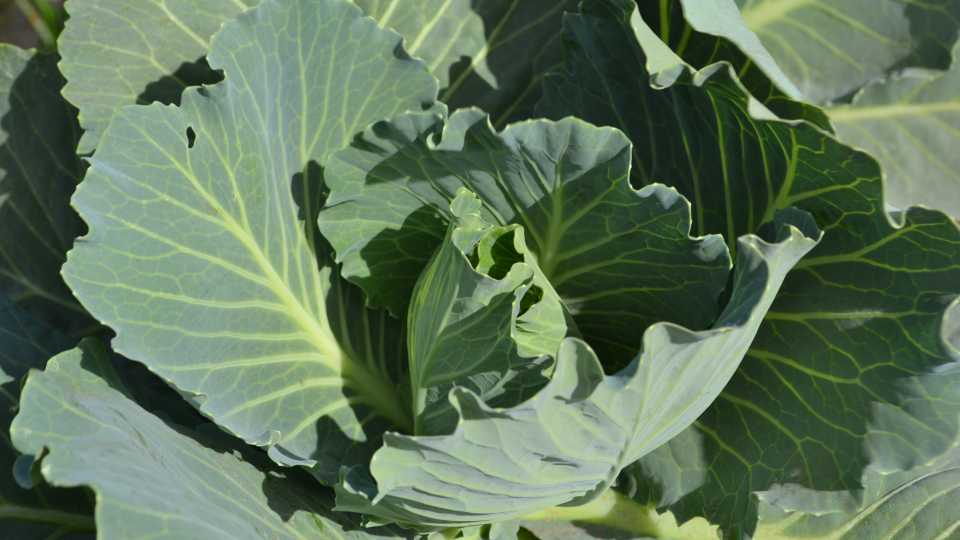
Photo by Paul Rusnak
-
21 of 27
11. Celery (Dirty)
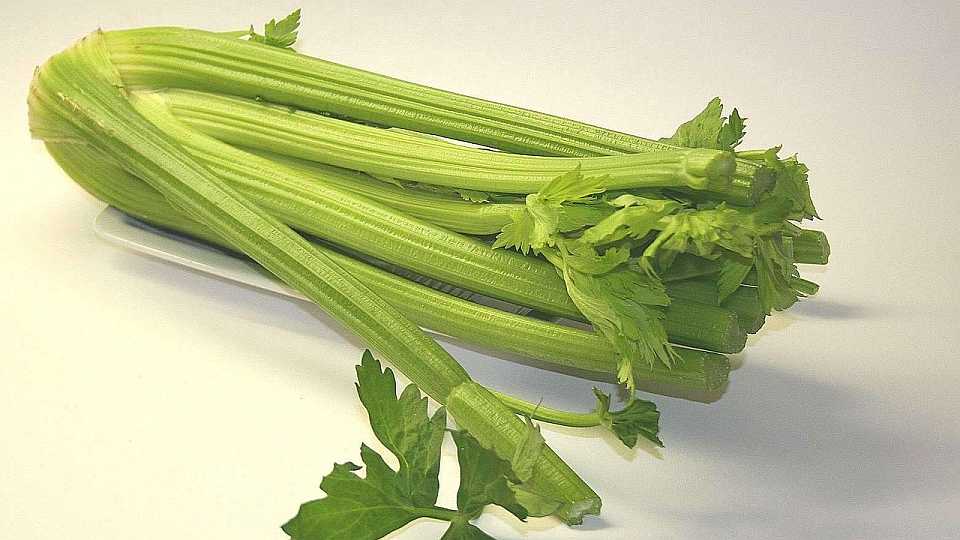
-
22 of 27
11. Mushrooms (Clean)
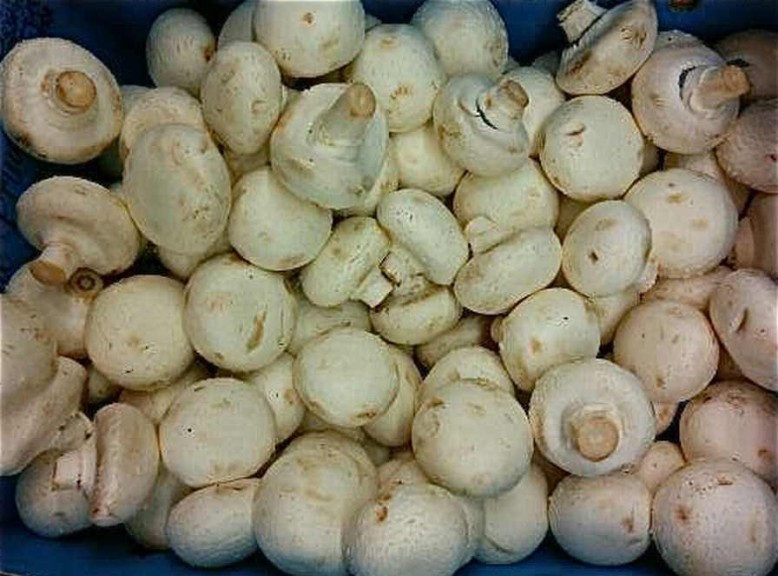
-
23 of 27
12. Tomatoes (Dirty)

-
24 of 27
12. Cantaloupe (Clean)
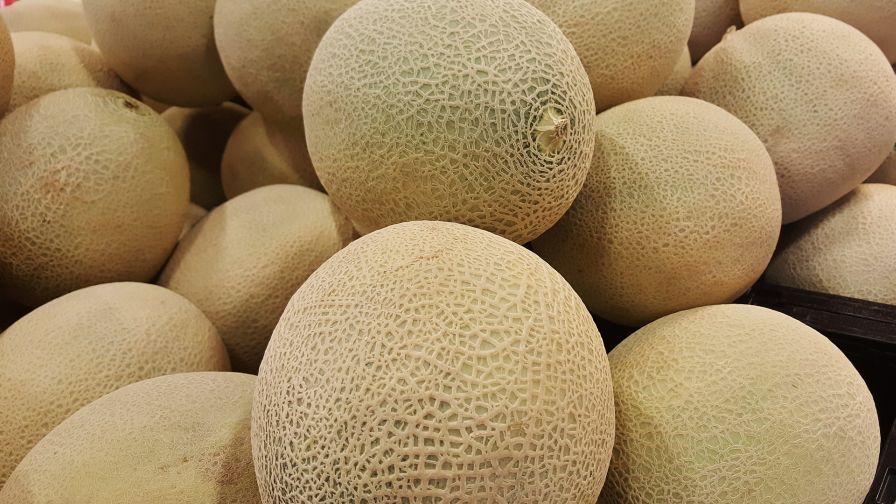
-
25 of 27
13. Mango (Clean)
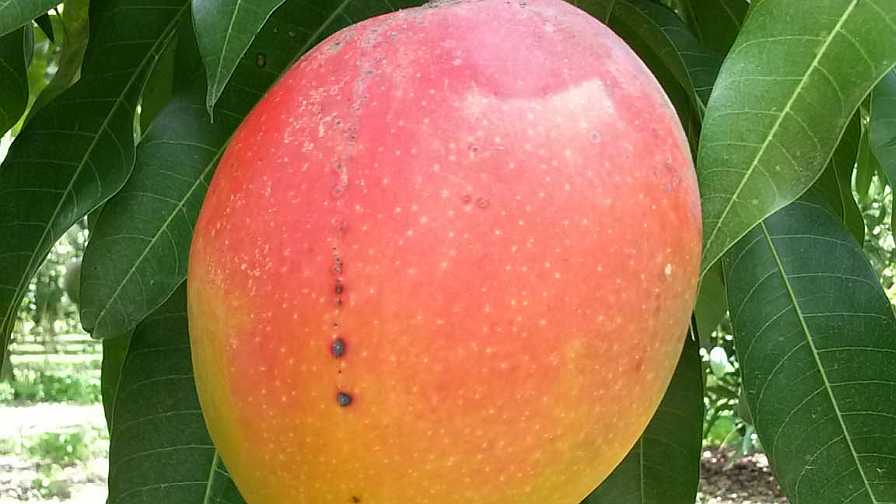
Photo courtesy of UF/IFAS
-
26 of 27
14. Watermelon (Clean)
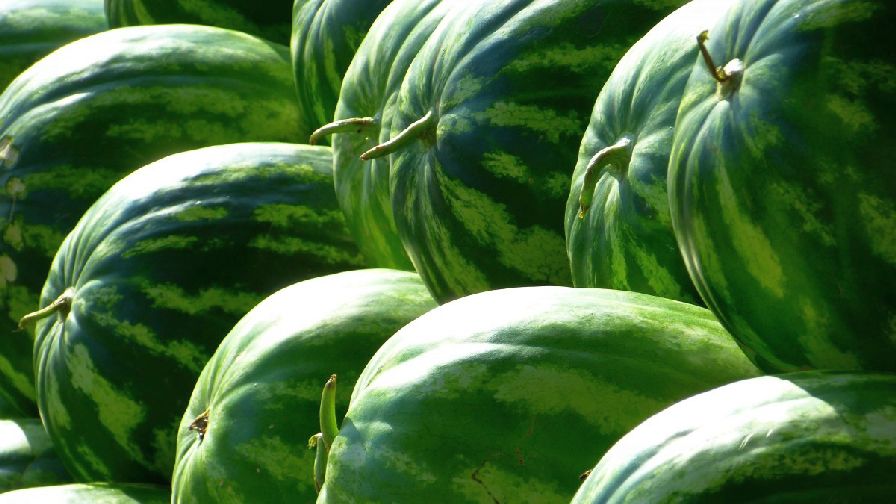
-
27 of 27
15. Sweet potatoes (Clean)
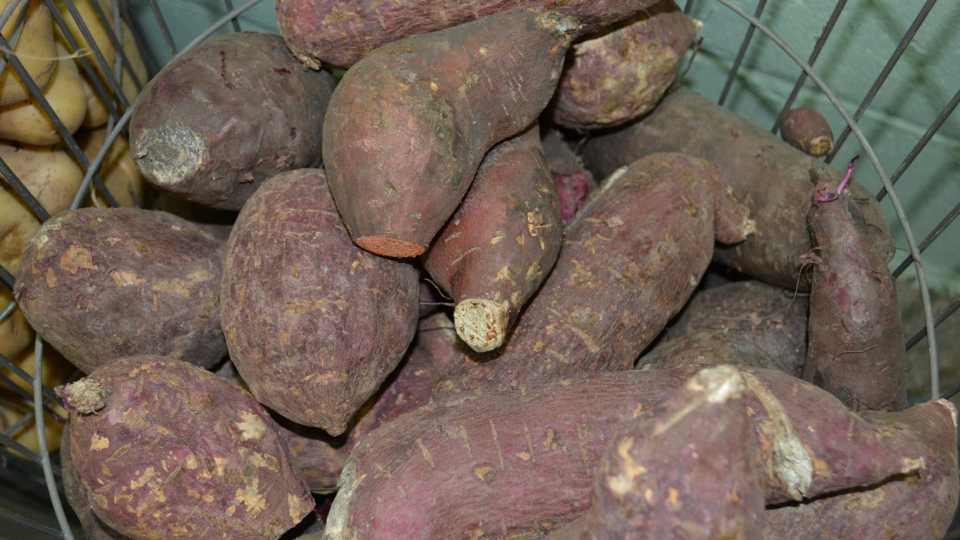
Photo by Paul Rusnak
View all
1. Strawberries (Dirty)
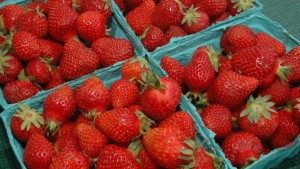
1. Avocado (Clean)
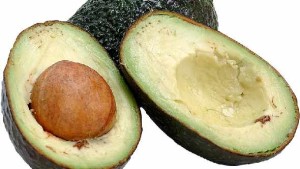
2. Spinach (Dirty)
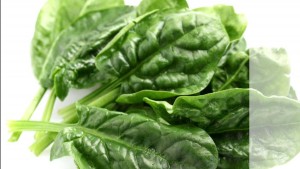
2. Sweet Corn (Clean)
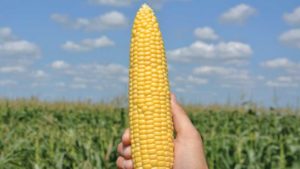
3. Kale and Collard/Mustard Greens (Dirty)
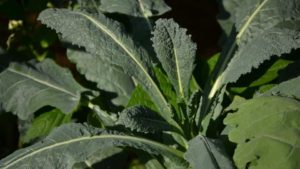
3. Pineapple (Clean)
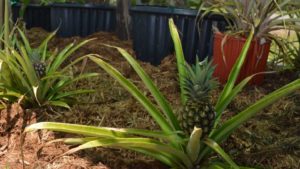
4. Nectarines (Dirty)
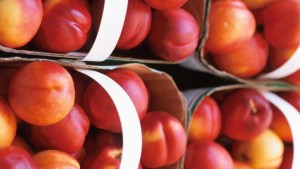
4. Onions (Clean)
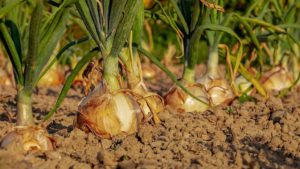
5. Apples (Dirty)
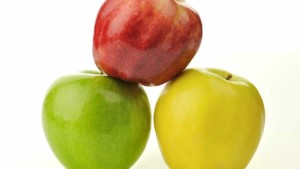
5. Papaya (Clean)

6. Grapes (Dirty)
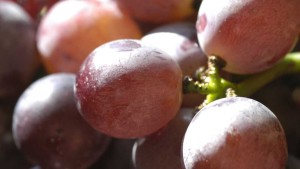
6. Frozen Peas (Clean)

7. Bell and Hot Peppers (Dirty)
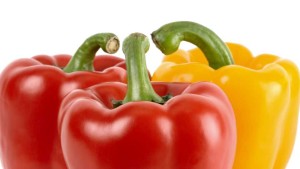
7. Asparagus (Clean)

8. Cherries (Dirty)
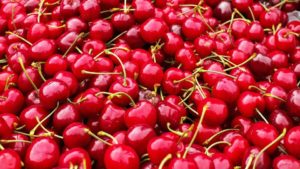
8. Honeydew melon (Clean)
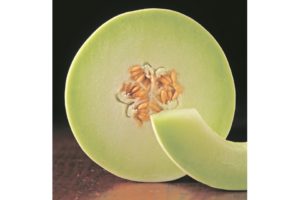
9. Peaches (Dirty)
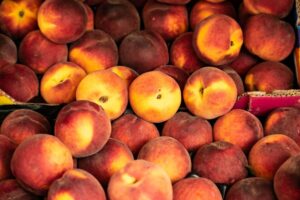
9. Kiwi (Clean)

10. Pears (Dirty)
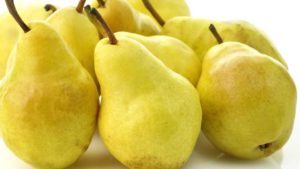
10. Cabbage (Clean)
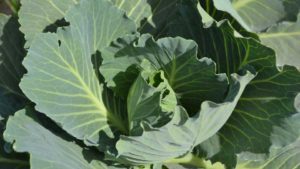
11. Celery (Dirty)
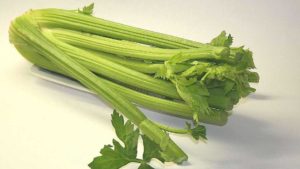
11. Mushrooms (Clean)
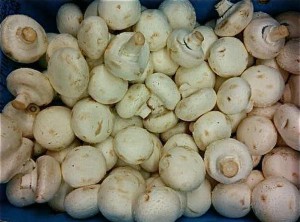
12. Tomatoes (Dirty)
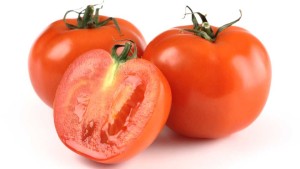
12. Cantaloupe (Clean)
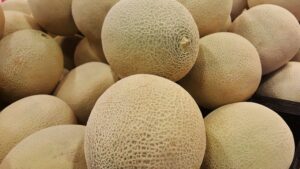
13. Mango (Clean)
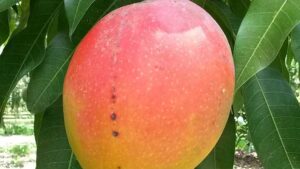
14. Watermelon (Clean)
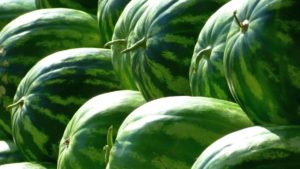
15. Sweet potatoes (Clean)
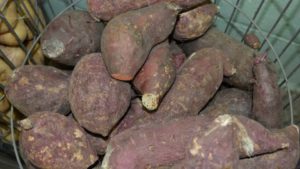
Then I saw the press release from the Alliance for Food and Farming (AFF), which notes that the media attention was well down this year, which I should add is due at least in part to the laudatory efforts of the AFF. The press release states: “While we are having significant success, we shouldn’t have to battle this annual misinformation campaign at all. Nor should farmers have their healthy and safe products referred to as ‘dirty.’ Most importantly, no consumer should have to question their produce choices when shopping for themselves and their families.”
The AFF has called for discontinuing this list, which I know is music to many of you growers’ ears. While not a lot of mainstream media continue to cover the annual release of the list, it did get reported by USA Today and CNN. Interestingly, the EWG has clearly heard the intense criticism from past years because right near the top of the CNN story, EWG hastens to blunt the idea that they are anti-produce.
“But don’t stop eating these foods, which are full of the vitamins, minerals, fiber, and antioxidants needed to battle chronic disease, experts say.
“If the things you love to eat are on the ‘Dirty Dozen’ list, we recommend buying organic versions when you can,” says Alexis Temkin, a Toxicologist at the EWG with expertise in toxic chemicals and pesticides.
“Several peer-reviewed studies and clinical trials have looked at what happens when people switch to a fully organic diet,” she says. “’Concentrations and measurements of pesticides decrease very rapidly.’”
That strikes me as a rather elitist answer. Don’t get me wrong, I think organic produce is fantastic. I have good friends who are organic growers. But it should be a choice, not framed as the one way to healthily consume fruits and vegetables. Especially because it’s simply not true. All the evidence points to the fact that the benefits of a diet rich in fruits and vegetables far exceeds the dangers of minute levels of pesticides.
The EWG answer works great if you’re on a pretty generous food budget. But especially these days, with the cost of groceries going through the roof, most people simply can’t afford to switch to an all-organic produce diet. In fact, I would — or check that, I would NOT — like to see the look on my thrifty wife’s face if I suggested we buy only organic fruits and vegetables from now on. We eat a lot of fruits and vegetables — the former kind of comes with the territory in our industry — and I could just see her doing rough calculations in her head, not liking the answers.
Studies have shown that the “dirty dozen” can actually have a limiting effect on consumers’ produce buying. Worse yet, one extensive study found the consumers who are most likely to cease buying as much produce after seeing the “dirty dozen” are low-income folks who suffer disproportionately from such maladies as obesity, diabetes, etc.
With all the big problems we’re facing today, the “dirty dozen” seems pretty small in comparison. In fact, it seems like a good time for it to just go away.
Scroll the slideshow above for a rundown of EWG’s 2022 “Dirty Dozen” and “Clean 15” rankings.
What are your thoughts on the subject? Leave a reader comment below.
Subscribe Today For

David Eddy is the editor of Meister Media Worldwide's American Fruit Grower® magazine. See all author stories here.






